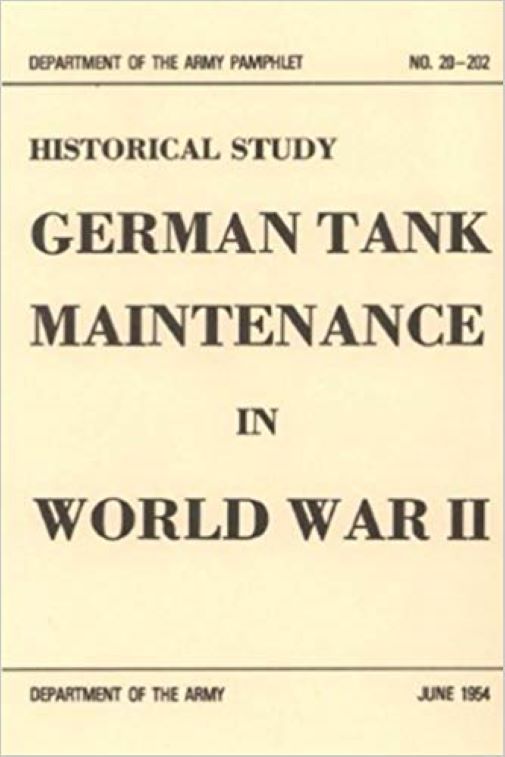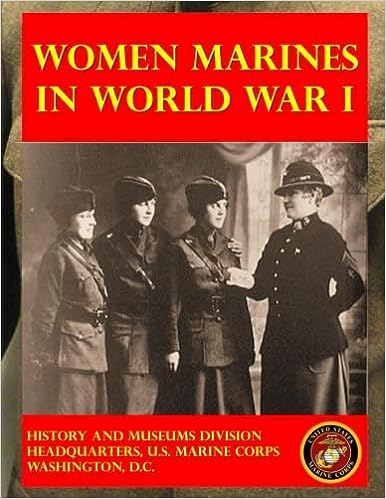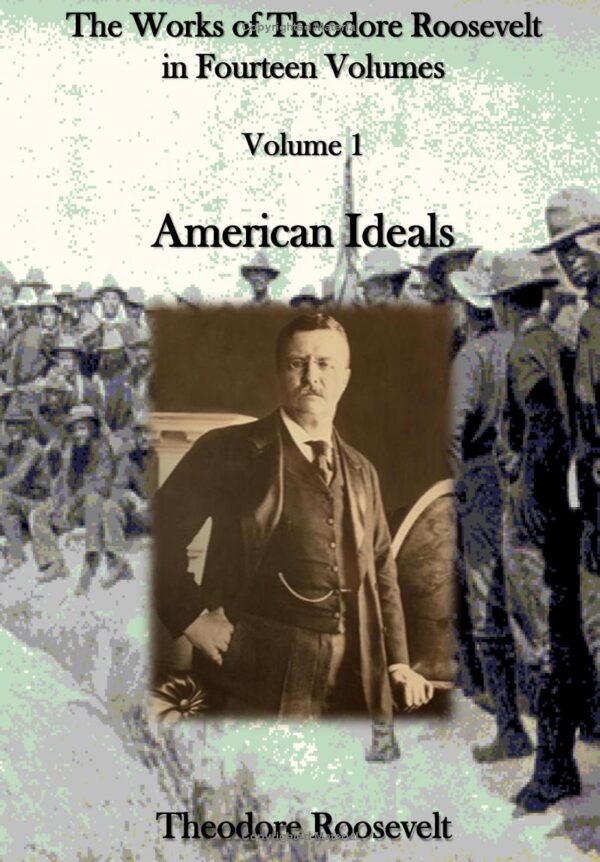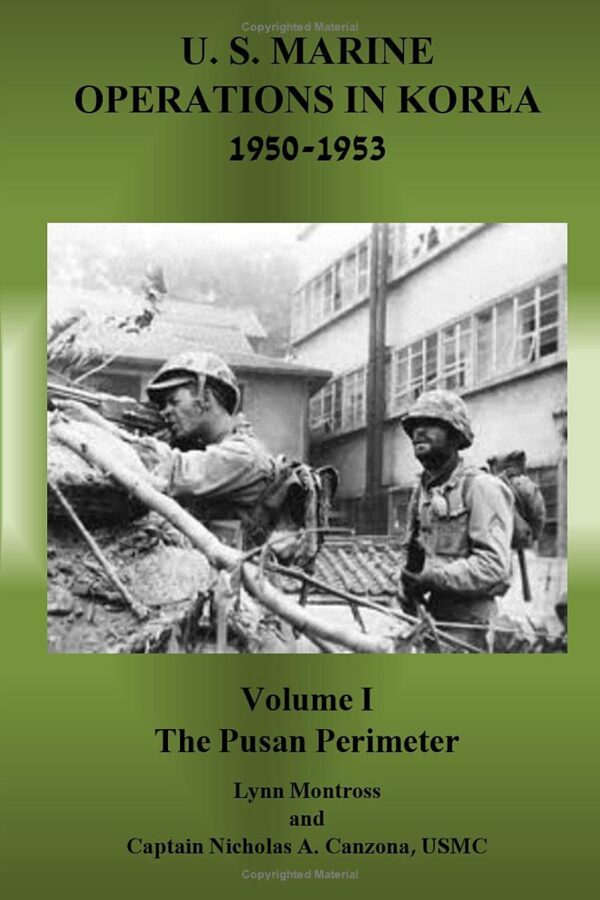From the Introduction . . . Even before the outbreak of World War II, German experts in armored warfare realized that a well-functioning tank maintenance system would be essential. Initially, a centralized system was planned in which only minor repairs would be carried out in the field, and tanks that had sustained more serious damage would be returned to the factory of origin in the zone of interior. During the short Polish campaign in September 1939, this system worked well and very few difficulties were encountered. As soon as Poland had been conquered, the armored divisions returned to their respective peacetime garrisons in Germany, where all vehicles were quickly repaired and restored to maximum efficiency at depot maintenance installations and tank production plants. The French campaign of May-June 1940 presented only a few maintenance problems. Minor organizational deficiencies that had first cropped up during the Polish campaign were corrected and the strength of the organic maintenance personnel was increased. A large tank spare parts depot, from which the armored forces drew their supplies, was established in northern France. At the end of the campaign, which lasted only 6 weeks, most of the armored divisions returned once more to their garrisons in Germany. Those divisions remaining in France were able to utilize the services and facilities of the many former French Army repair shops. Moreover, the distance to the tank factories in Germany was relatively short. AB a result, all armored divisions were combat-ready shortly after the conclusion of the French campaign. During the campaigns in the Balkans in the spring of 1941 the Germans committed numerous panzer divisions. These campaigns were also short and involved few tank losses, most of them caused by bad road conditions and accelerated march movements during which it was not always possible to perform preventive maintenance. After the conclusion of the operations against Yugoslavia and Greece, the armored divisions were rehabilitated in the zone of interior and transferred to assembly areas for the campaign against Russia. . . .
50 pages





